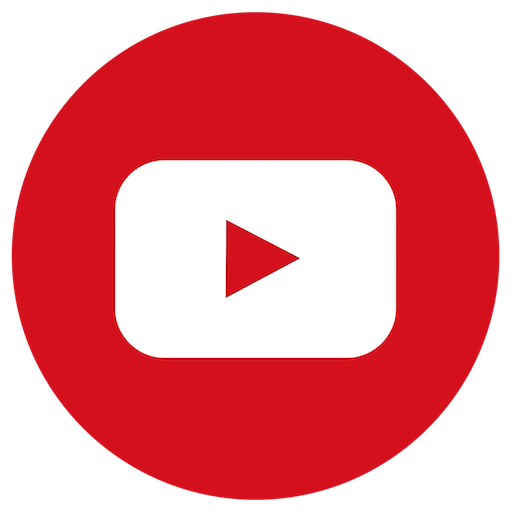 When the internet first blossomed, it was mostly a place for people to read and consume information. This was Web 1.0 (referred to as the ‘read’ era of the internet) and “was defined by the website, which encapsulated information.” Next came Web 2.0, or the ‘read-write’ era, which was defined by “the post, which encapsulated publishing, making it easy for anyone, not just web developers, to reach broad audiences.” Dixon suggests that we are now entering the ‘read-write-own’ era of the internet (Web 3.0) which will be defined by ownership.
When the internet first blossomed, it was mostly a place for people to read and consume information. This was Web 1.0 (referred to as the ‘read’ era of the internet) and “was defined by the website, which encapsulated information.” Next came Web 2.0, or the ‘read-write’ era, which was defined by “the post, which encapsulated publishing, making it easy for anyone, not just web developers, to reach broad audiences.” Dixon suggests that we are now entering the ‘read-write-own’ era of the internet (Web 3.0) which will be defined by ownership.
In order to fully understand the progression of the internet and how we got to where we are today, we must take a closer look at how networks have evolved. The first era of the internet, for example, was defined by what our author terms ‘protocol networks.’ Protocol networks emerged organically as early adopters embraced the fledgling internet and software was written by volunteers of the burgeoning online community. As Web 2.0 got underway, and the internet became more and more integrated into our daily lives, corporations (in the form of social media companies) began building their own networks, aptly labeled ‘corporate networks.’ Facebook and Twitter (now X) are examples of these corporate networks, where the growth has been both exponential and also captured. By captured, I mean that these companies own their networks, which gives them ultimate power over who uses their service and what they are allowed to do on it. If protocol networks are analogous to communities spontaneously popping up as digital settlers explored this new frontier, corporate networks are like kingdoms that centralize their power and make all their decisions from the top-down.
While corporate networks have their advantages, like someone at the top who can purposely direct the company’s resources, our author envisions a different future for the internet: one that is bottom-up and community based (and more organized than the wild west of the internet’s initial protocol network era). The secret to unlocking this, Dixon believes, is blockchains. “The corporate model is like a highly managed theme park that builds the whole experience end to end,” he writes, using a helpful analogy, “the blockchain network is like a city that starts with core building blocks and encourages bottom-up entrepreneurship.” Put simply, corporate networks are centralized and authoritarian; blockchain networks are decentralized and democratic.
Both protocol networks and blockchain networks are community oriented, but what makes blockchain networks stronger is their commitment to ownership. Protocol networks allowed everyone to have their own email address, but that was back when the web was mostly used for communication. Now, a huge part of the economy has become digital, and a new network is needed for the task of buying and selling. A blockchain network is ideal for this assignment because it allows for digital private ownership. Think of our theme park/city analogy—if we want to open a hot dog stand in a theme park (corporate network), we have to follow all of their regulations. If we want to open a hot dog stand in the city (blockchain network) we have to follow the regulations set up by the consensus of the community. (In addition to this, corporate networks take a lot more of the profits for themselves; blockchain networks would allocate a majority of profits to the creators and developers.) This leads us to another one of blockchain’s pros: the complete history of their code is publicly available for anyone to inspect. Every transaction is encoded in the software and traceable. This encourages an honest market.
How do we buy and sell on this digital open market? The answer is tokens. “Tokens can represent the ownership of anything digital, including money, art, photos, music, text, code, game items, voting power, access, or whatever people come up with next. Using some additional building blocks, they can also represent real-world things, like physical goods, real estate, or dollars in a bank account. Anything that can be represented in code can be wrapped inside a token to be bought, sold, used, stored, embedded, transferred, or whatever else a person might want to do with it.” As our lives become more and more online, token will become more and more ubiquitous.
Blockchains are not a certain future, especially if the corporate networks of the world have their say. Facebook, X, YouTube, and the rest of them aren’t going to give up their power willingly. Just like a real democracy, a digital democracy requires the will of the people. We must all come together to build the future we want, lest we let it be dominated by those with the wrong incentives. We must take control of the reins, especially as artificial intelligence quickly thrusts us into the future (sometimes referred to as Web 4.0).
While space may be mankind’s final frontier, the internet is certainly our current one—its horizon seems to expand farther every day. Wikipedia has dropped a near-limitless encyclopedia of mankind’s collective knowledge in our digital laps, Amazon has allowed us to shop for anything we might need or want online, and email and social media have given us the ability to exchange messages with anyone in the world instantaneously. If this is where the landscape exists today, it is reasonable to ask, where are we headed tomorrow? If we don’t decide for ourselves, someone else will decide for us.


Leave a Reply